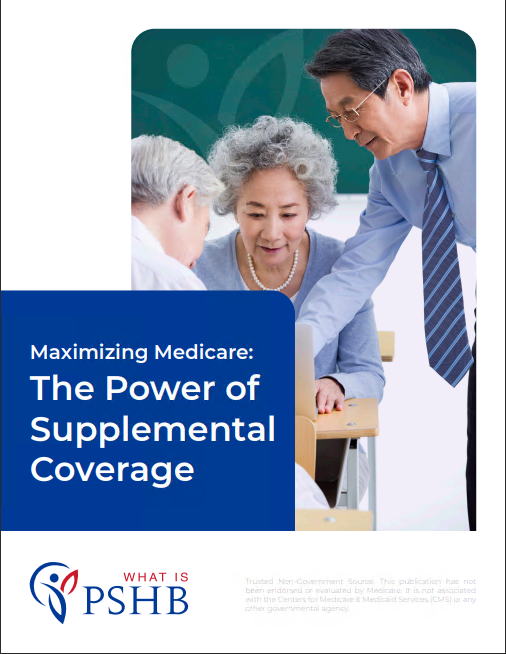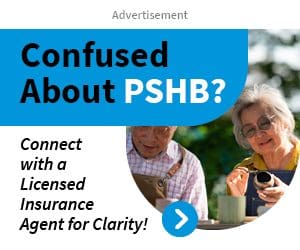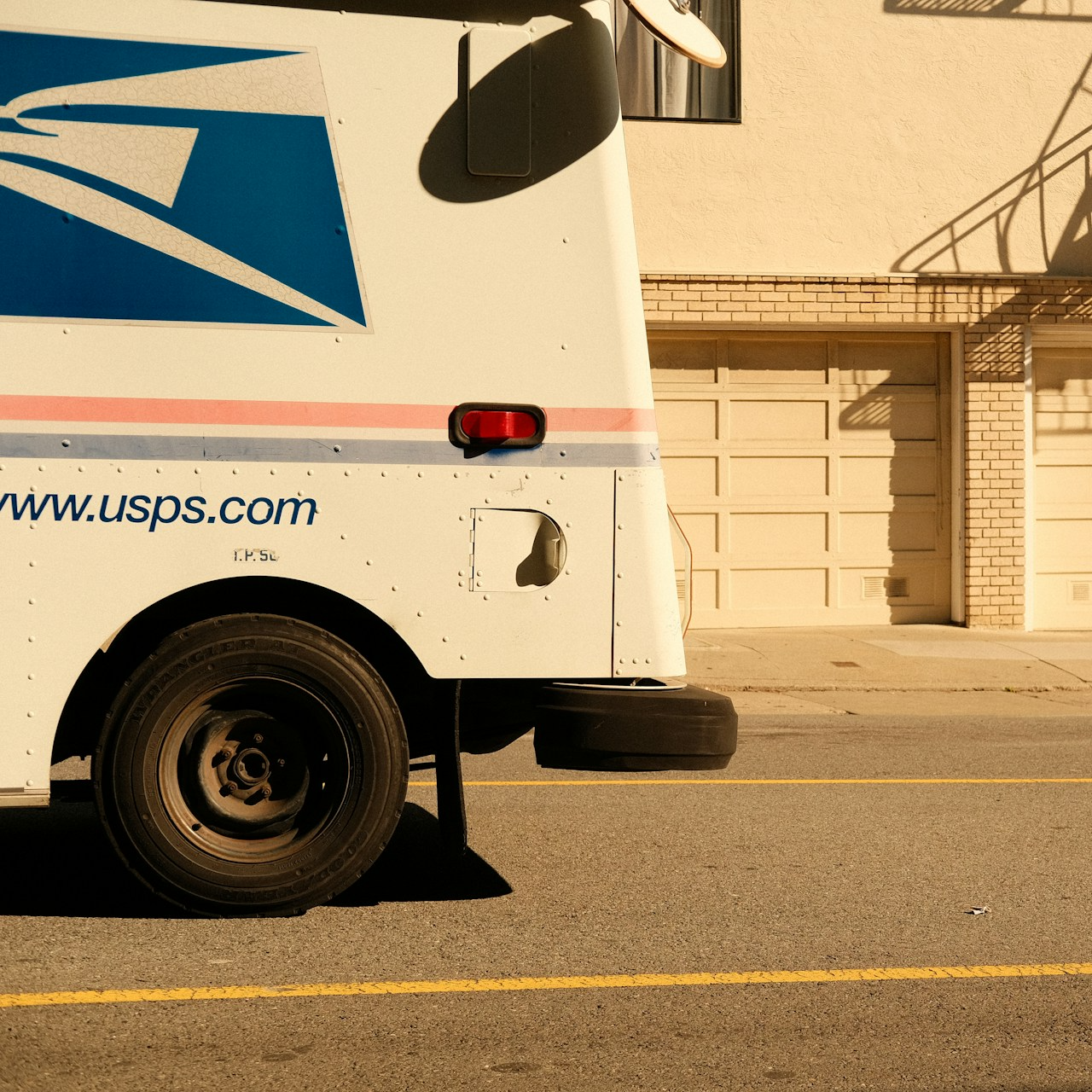Key Takeaways:
-
The new PSHB program, launching in January 2025, will significantly impact USPS workers and their families, offering changes in health coverage under a federal benefits system.
-
Understanding these changes is essential to ensure continuous and optimal health coverage for your family.
USPS Workers, Here’s How the New PSHB Program Will Affect Your Family’s Health Coverage
With the introduction of the new Postal Service Health Benefits (PSHB) Program, set to begin in January 2025, USPS workers and retirees face significant changes in their health coverage. This new system, designed to align postal workers with the broader Federal Employee Health Benefits (FEHB) Program, is a major shift from the traditional structure. As a USPS employee or retiree, it’s crucial to understand how these changes will impact your family’s health coverage, ensuring you make informed decisions during the upcoming enrollment periods.
Overview of the New PSHB Program
The PSHB program, introduced as part of the Postal Service Reform Act of 2022, aims to bring the USPS workforce under the umbrella of the FEHB while creating a distinct health benefits program tailored to postal workers’ needs. The change stems from efforts to stabilize the financial situation of the USPS by reducing its health benefits liabilities, which have long been a significant burden.
Starting January 2025, all USPS employees, retirees, and their eligible family members will need to transition to the PSHB program. This move is mandatory and will require active participation during open enrollment periods. Understanding the key aspects of this program will be essential for maintaining continuous and comprehensive health coverage.
How the PSHB Program Differs from the Current System
Under the current system, USPS employees are part of the FEHB program, but their benefits are managed differently compared to other federal employees. The PSHB program will still be a part of the broader FEHB system, but it will be a separate, postal-specific plan. This distinction is important because it means that while USPS workers will continue to have access to the extensive network and options provided by the FEHB, there will be differences in the structure and costs of their plans.
One of the significant changes is that most postal employees and retirees will be required to enroll in Medicare Part B when they become eligible. Previously, enrolling in Medicare was optional, but under the PSHB, it will become mandatory for most participants. This change is designed to reduce overall costs for the USPS by integrating Medicare benefits with the PSHB plans.
What Are the Enrollment Requirements?
With the new PSHB program, enrollment requirements will be more stringent. Active USPS employees and retirees who are eligible for Medicare will need to enroll in both Medicare Part A and Part B to participate in the PSHB. This dual enrollment will coordinate benefits between Medicare and the PSHB plan, providing comprehensive coverage and potentially reducing out-of-pocket costs.
For those who are not yet eligible for Medicare, the PSHB will serve as their primary health insurance. However, once eligible, enrolling in Medicare will become necessary to avoid penalties and to continue receiving full benefits under the PSHB. This requirement underscores the importance of planning ahead, especially for those nearing Medicare eligibility.
Impact on Retirees and Their Families
The transition to the PSHB program will have a significant impact on USPS retirees and their families. Retirees who are already enrolled in Medicare Part A but have chosen not to enroll in Part B will now be required to do so. This may come as an unexpected expense, especially for those who had previously opted out due to the additional premium costs associated with Medicare Part B.
However, the coordination of benefits between Medicare and the PSHB could result in lower overall healthcare expenses. The PSHB plan will act as a supplement to Medicare, covering costs that Medicare does not fully pay for, such as deductibles and co-insurance. This could offer financial relief in the long term, but the initial transition could require careful financial planning.
How Will This Affect Health Coverage for Family Members?
Family members of USPS employees and retirees will also be impacted by the switch to the PSHB program. Spouses and dependents who are covered under an employee’s or retiree’s health plan will transition to the PSHB, and their coverage will continue under this new system. However, it’s essential to review the specific plan details during the open enrollment period, as changes in coverage options, premiums, and out-of-pocket costs are expected.
For families where the retiree or employee is required to enroll in Medicare, the PSHB will provide secondary coverage. For those not yet eligible for Medicare, the PSHB will be their primary insurance, ensuring that there is no lapse in coverage. It’s crucial to verify that the chosen PSHB plan meets your family’s healthcare needs, particularly in terms of provider networks and covered services.
Preparing for the Transition: What You Need to Do
The transition to the PSHB program will require proactive steps to ensure that your family’s health coverage remains uninterrupted. Here’s what you need to do:
1. Review Your Current Health Coverage
Start by reviewing your current health coverage under the FEHB or any other plan you may have. Understanding your current benefits, costs, and coverage options will provide a baseline to compare against the new PSHB plans.
2. Understand the New PSHB Plan Options
During the open enrollment period leading up to January 2025, USPS employees and retirees will need to select a new plan under the PSHB program. It’s essential to research and compare the available options, considering factors like premiums, out-of-pocket costs, coverage for specific medical needs, and whether your preferred healthcare providers are in-network.
3. Plan for Medicare Enrollment
If you or your spouse are nearing Medicare eligibility, it’s crucial to plan for enrolling in Medicare Parts A and B. Since the PSHB will require Medicare enrollment for those eligible, understanding the process and timing for Medicare enrollment will be key to ensuring continuous coverage. Remember, late enrollment in Medicare Part B can result in penalties, so timely action is important.
4. Attend USPS or OPM Sponsored Information Sessions
USPS and the Office of Personnel Management (OPM) are expected to provide information sessions and resources to help employees and retirees navigate the transition. Attending these sessions can provide valuable insights and allow you to ask questions specific to your situation.
Common Questions About the PSHB Program
Will I Be Able to Keep My Current Healthcare Providers?
This is a common concern among USPS employees and retirees. The PSHB program will still be part of the FEHB system, which means many of the same providers will be available. However, it’s important to confirm that your specific healthcare providers are included in the network of the PSHB plan you choose.
What If I’m Already Enrolled in Medicare?
If you’re already enrolled in Medicare, you will need to enroll in a PSHB plan that coordinates with your Medicare coverage. This will ensure that you receive the full benefits available to you. The PSHB plan will act as a supplement to your Medicare, covering additional costs that Medicare doesn’t fully pay for.
How Will the New Program Affect My Prescription Drug Coverage?
Prescription drug coverage will be an important part of the PSHB program, just as it is under the current FEHB plans. The specifics of drug coverage, including formularies and co-pays, may differ between PSHB plans, so it’s essential to review this aspect carefully during the selection process.
Navigating the Changes with Confidence
The introduction of the PSHB program marks a significant shift in how USPS employees and retirees manage their health coverage. While change can be challenging, understanding the new system and preparing for the transition will help ensure that you and your family maintain comprehensive health coverage.
Staying informed, attending informational sessions, and planning ahead for Medicare enrollment are key steps to take as the January 2025 implementation date approaches. By taking these actions, you can navigate the transition with confidence, knowing that your family’s health needs will continue to be met.
Planning Ahead for Health Coverage Stability
The shift to the PSHB program is an important development for USPS workers and retirees. It’s not just a change in the name of your health insurance plan; it’s a new approach to how your benefits are managed and coordinated with Medicare. Understanding these changes and preparing ahead of time will help ensure that you and your family continue to have access to the healthcare you need, without unexpected costs or gaps in coverage.
Contact Information:
Email: [email protected]
Phone: 7025558901












